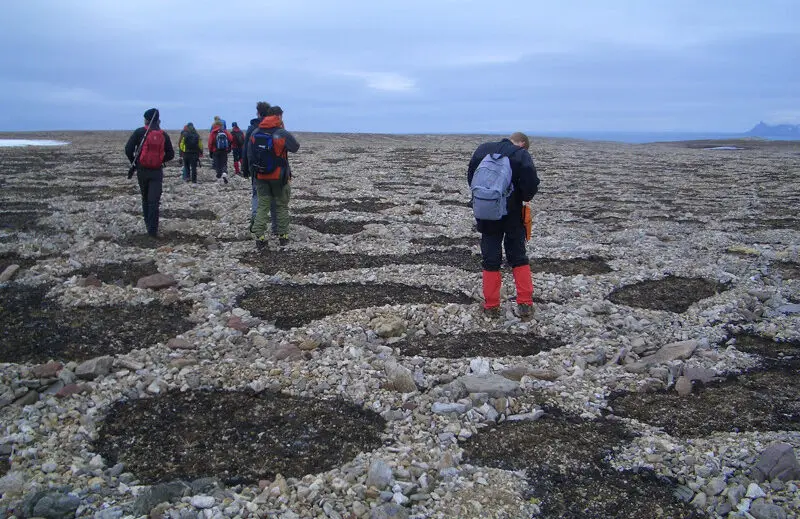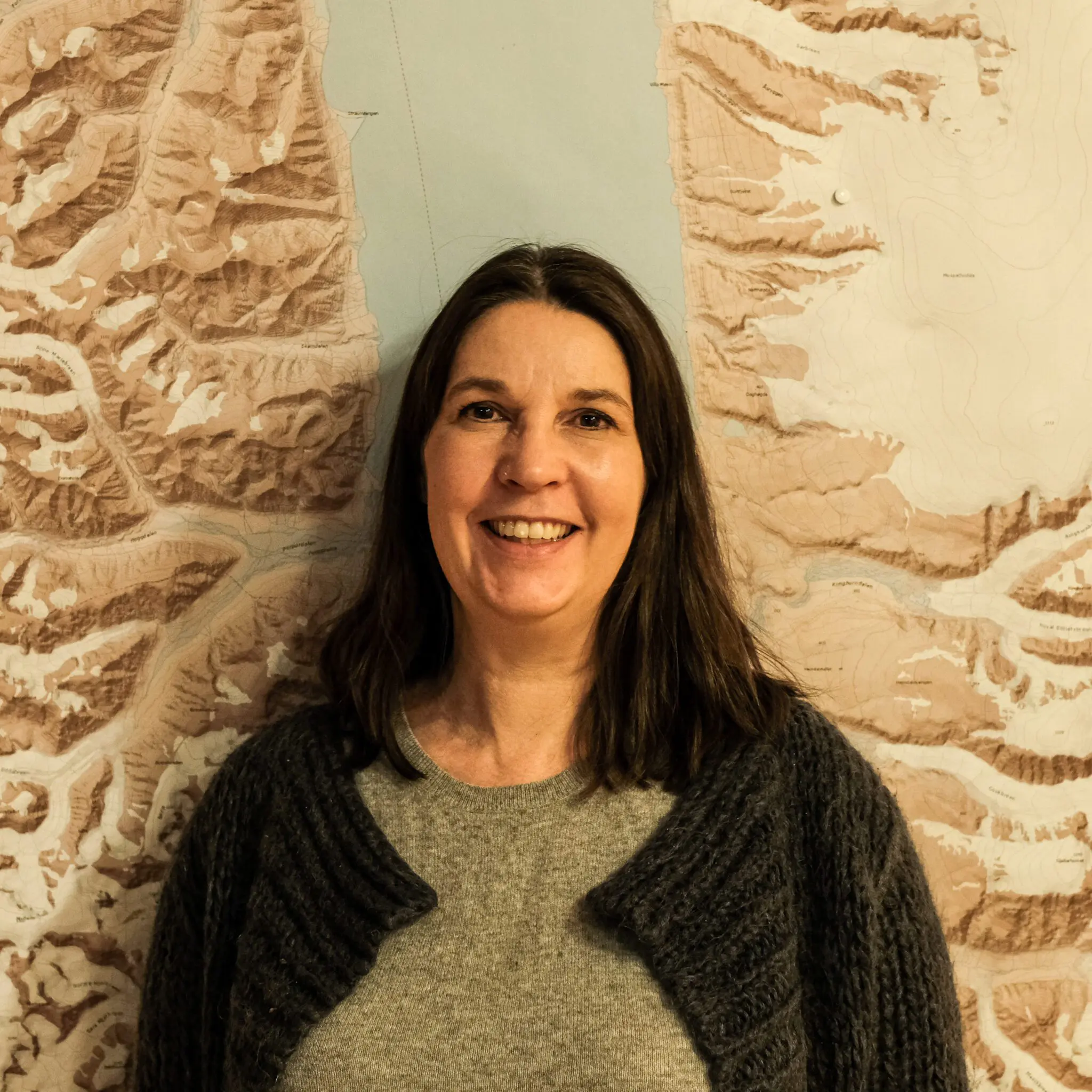AG-214 The geological evolution of Svalbard (15 ECTS)
ID:
AG-214
CREDITS:
15 ECTS
APPLICATION DEADLINE:
March 01, 2025
START DATE:
August 11, 2025
END DATE:
December 12, 2025
COURSE PERIOD:
Autumn semester. Teaching block 5-7

| Grade: | Letter grade (A through F) |
| Course Cost: | TBA |
| Course Capacity Min/Max: | 10/20 students |
| Language of instruction: | English |
| Examination support material: | Bilingual dictionary between English and mother tongue |
Course requirements
60 ECTS within general natural science, of which 30 ECTS within the field of geology/geosciences. The applicant must be enrolled in a programme at Bachelor level, or document that the courses are approved into the applicant’s current study programme.
Academic content
In the Svalbard Archipelago a well-developed and well exposed stratigraphic record comprises Pre-cambrian to Cenozoic strata. This succession forms a unique field laboratory allowing to learn about the main principles in sedimentology and structural geology as well as the geological history of Sval-bard, called the window to the Barents Shelf and the Arctic.
Learning outcomes
During the course you will explore central Spitsbergen to investigate examples of extensional and contractional tectonics, deposits of rift and foreland basins, discuss the deposition of continental and nearshore deposits, carbonate platforms, deltaic systems, and marine shelf units. We will talk about past oil exploration and potential for mineral resources, and geothermal energy. We will review the environmental and paleo-climatic changes archived in the sedimentary successions of Svalbard.
This course builds primary competencies applicable to higher-level geoscience fields relevant to the following UN Sustainable Development Goals: SDG 6 (Clean Water and Sanitation), SDG 12 (Responsible Consumption and Production) and SDG 13 (climate action).
Upon completing the course, the students will:
Knowledge
- Describe the tectonic and sedimentary evolution of Svalbard from the Precambrian to the Cenozoic.
- Understand the major depositional environments and tectonics phases recorded in Svalbard and the adjacent Barents Sea.
- Explain implications for exploitation of geological resources.
- Describe methods and tools used in field and digital geology, including sedimentology, stratigraphy, structural geology, and geological mapping.
Skills
- Perform sedimentological logging, description, and analysis of relevant formations both in the field and in cores.
- Describe large-scale geological structures such as folds and faults in the field and draw geological sketches and profiles.
- Develop a basic understanding of geological field mapping techniques.
- Actively use digital tools e.g., photogrammetry to construct digital models of outcrops and samples, virtual reality, and integration of geophysical data.
- Recognize common fossils from the geological record on Svalbard.
- Carry out small independent research projects on the geology of Svalbard.
- Communicate research to others.
- Work in groups to solve geological problems.
General competences
- Be able to conduct field work under Arctic conditions, and to combine diverse types of data into a joint result.
- Work in group work and be able to communicate field work results through oral presentations and scientific writing.
- Be able to read and analyze scientific literature and compare results to collected data and visited sites in the field.
Learning activities
- Lectures and exercises in classroom and computer lab.
- Field excursions and field data collection
- Individual work on a project
- Fieldwork and classroom preparation
- Seminars and presentations of scientific articles and own results
- Writing a field report
Summary
- Lectures: 25 hours
- Seminars (students active): 10 hours
- Laboratory work: 15 hours
- Exercise hours: 10 hours
- Excursions (students observing): 4 days
- Field work (students active): 3 days
- Work on field/lab logs, reports, assignments during course period at UNIS: 5 days
- Self-study and preparations: 40 hours
Compulsory learning activities
- Fieldwork, both excursions and self-guided activities
- Approved course portfolio (Laboratory exercises and other classroom works)
- Seminars
All compulsory learning activities must be approved in order to sit the exam.
Assessment
| Method | Duration | Percentage of final grade |
| Field skills assessment | 10% | |
| Field report | 10% | |
| Term project presentation | 30% | |
| Written exam | 3 hours | 50% |
All assessments must be passed in order to pass the course.
Each assessment is graded and subsequently combined into a single grade. Partial grades for each assessment will be available.
